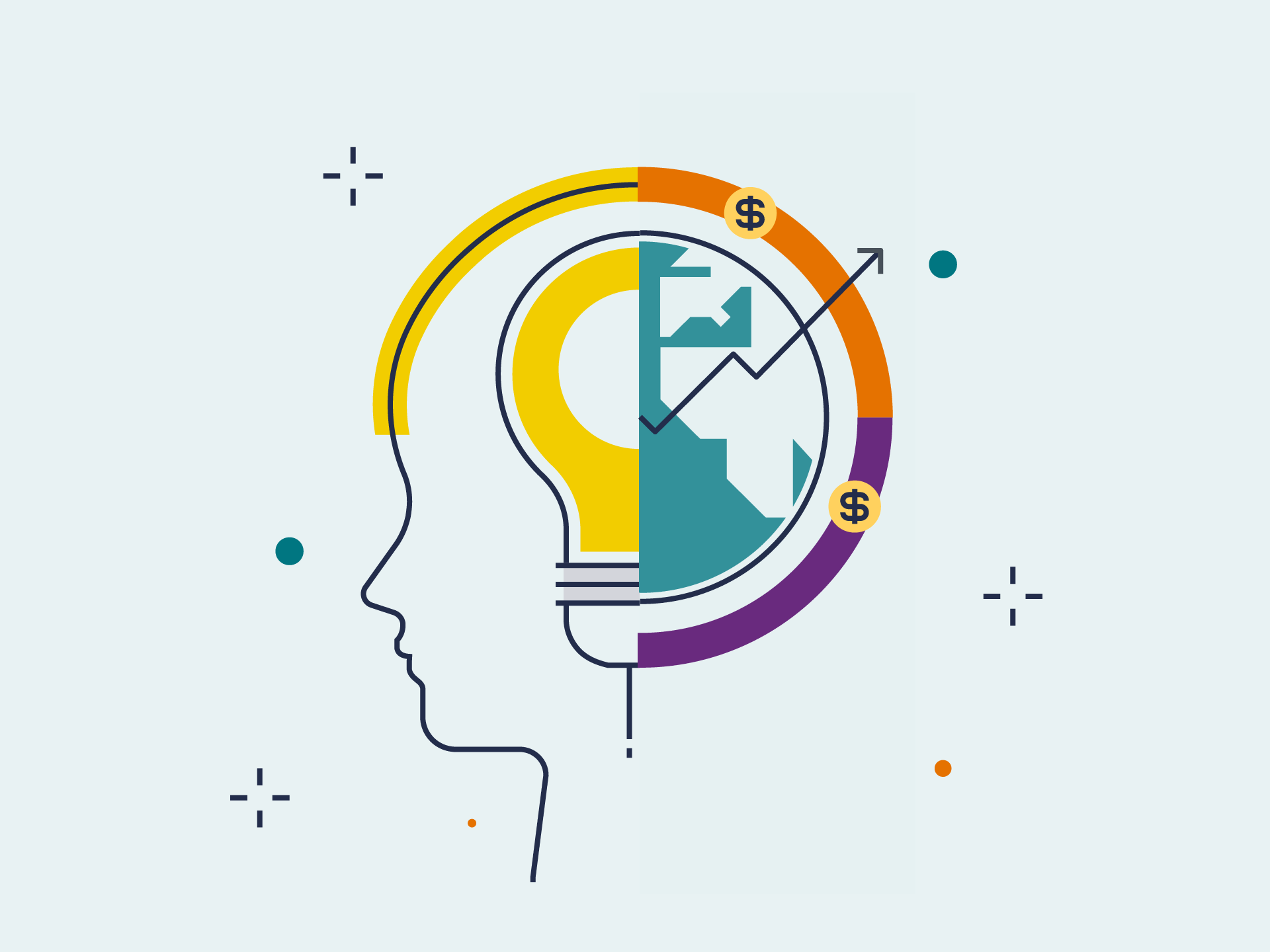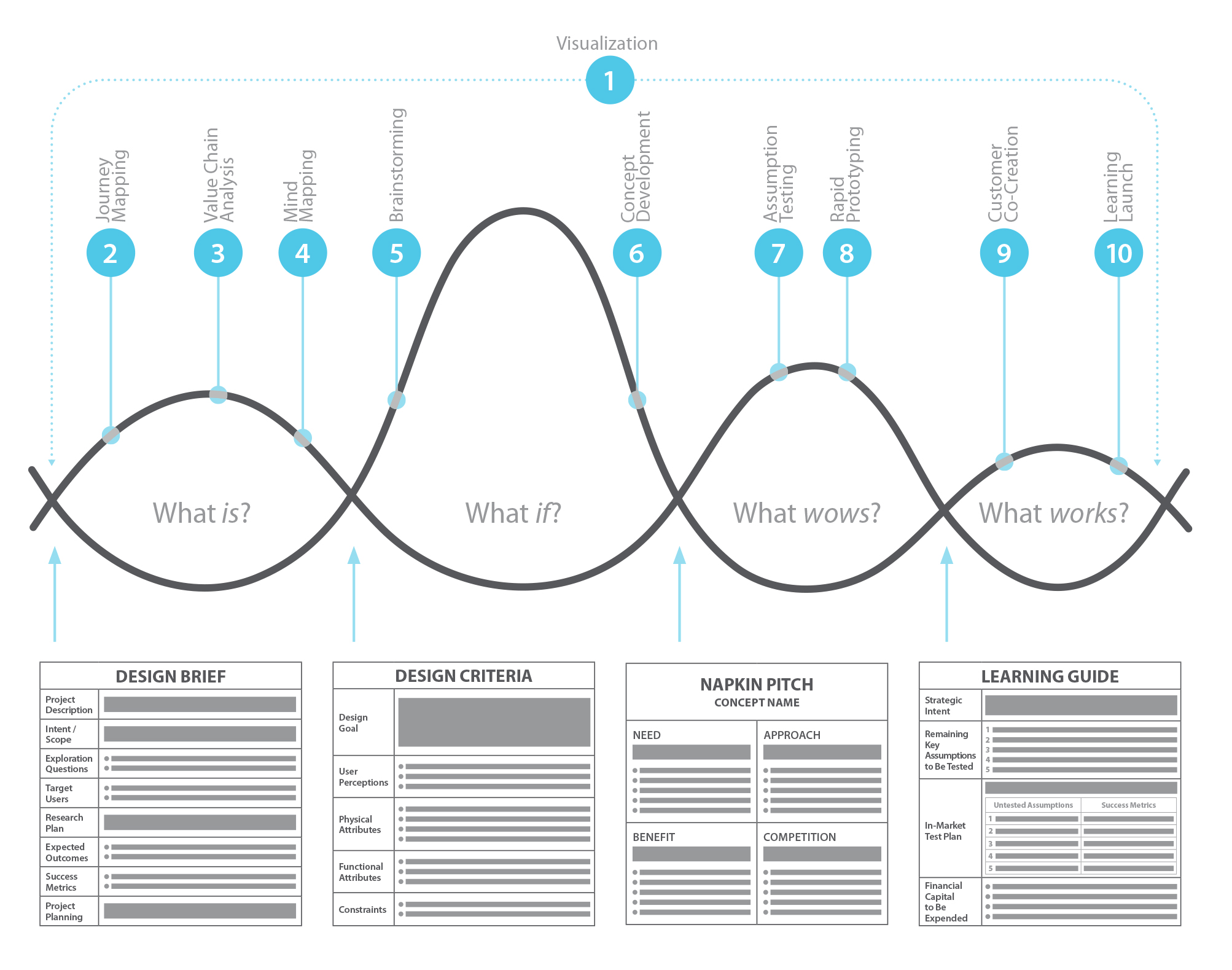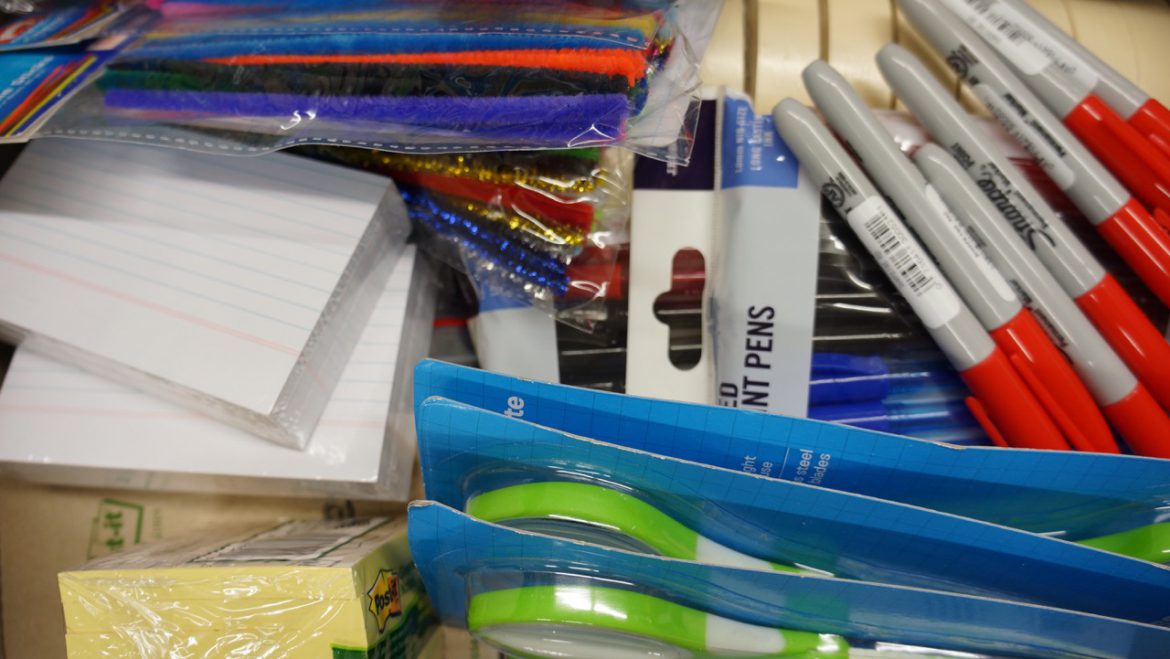Table Of Content

Empathy is crucial to design thinking because it allows designers to set aside your assumptions about the world and gain insight into users and their needs. At the beginning of the design thinking process, teams should not get too caught up in the technical implementation. If teams begin with technical constraints, they might restrict innovation. This is where the designer looks into previous information such as previous projects, competitive clients and different types of data already there.
Quantitative Methods:
It brings innovative solutions to life based on how real users think, feel and behave. Teams often use design thinking and agile methodologies in project management, product development, and software development. These methodologies have distinct approaches but share some common principles.
BRAINSTORM TO GENERATE SOLUTIONS TO YOUR CHALLENGE
The second, solution-related diamond, begins with “Develop,” where the team brainstorms ideas. The final stage is “Deliver,” where the team tests the concepts and implements the most viable solution. With the foundation ready, teams gear up to “think outside the box.” They brainstorm alternative ways to view the problem and identify innovative solutions to the problem statement. While their quality is lower than that of 3D printing, it could be used in quick, low-fidelity prototypes before 3D printing. This practice reduces the cost because the early prototypes are tested using the low fidelity prototypes before moving to the high fidelity ones. The advantage of these materials is that they are easy to form and change, making them affordable for the team members to use regardless of their creative skills.
Design Thinking Tools and Methods
With Typeform you can create evaluation forms, feedback and satisfaction surveys, marketing polls, and other types of questionnaires. Since blueprinting acts as a sort of magnifying glass for the customer journey, the best place to use it is within highly complex experiences. Services that take place over multiple touchpoints or require coordination between various departments. A Concept Map is a simplified diagram or visual organization of complex field data, at different levels of depth. Obtaining information through dialogue, mainly with users/developers about the product/service/process. Yes, when we say ‘design thinking’ we are referring primarily to a designer’s abductive thinking, based on the formulation of questions and validation of hypotheses by interdisciplinary research and investigation methods.
A POC is frequently the crucial last cog in the process, serving as a deciding factor before the development and launch of a product. The Affinity Diagram is a tool that helps you arrange thoughts during brainstorming sessions. The objective is to acquire the essence of the content by collecting a lot of data and/or insights. Don’t forget that once a maximum of ideas have been generated, the time for convergence begins. The tools below will help the team categorize and decide which Idea to prototype next. The goal of all the steps that come before this is to have the best possible solution before you move into implementing the design.

Reading time

Additionally, Mural provides a range of tools for sketching, annotating, and commenting, making it easy for team members to communicate and collaborate in real-time. Design thinking methods and strategies belong at every level of the design process. However, design thinking is not an exclusive property of designers—all great innovators in literature, art, music, science, engineering, and business have practiced it. The design team will now produce a number of inexpensive, scaled down versions of the product (or specific features found within the product) to investigate the key solutions generated in the ideation phase. These prototypes can be shared and tested within the team itself, in other departments or on a small group of people outside the design team.
Design Thinking as a Turnaround Tool - Stanford Social Innovation Review
Design Thinking as a Turnaround Tool.
Posted: Mon, 10 Jul 2017 07:00:00 GMT [source]
His research focuses on product development and technical project management, and has been applied to improving complex engineering processes in many industries. The first step in design thinking is to understand the problem you are trying to solve before searching for solutions. Sometimes, the problem you need to address is not the one you originally set out to tackle. Creative brainstorming is necessary for developing possible solutions, but many people don’t do it particularly well. And throughout the process it is critical to engage in modeling, analysis, prototyping, and testing, and to really learn from these many iterations.
The Affinity Diagram is a tool that allows you to organize ideas during brainstorming sessions. The goal is to take large amounts of information and/or insights and understand the essence behind that content. Design thinking tools, methods, practices, and frameworks are used in both visible and invisible work, which is always done "backstage" in most businesses' innovation processes. We refer to an improvised replication of physical things, settings, or even human interactions with dialogue or other objects as staging. It is used to test, construct, or detail steps in a procedure, illustrate components of a solution and enhance the usability of a product or service. The Design team hosts a collaborative meeting that brings people from different areas together to develop innovative solutions.
While a journey map captures the high-level experience of the customer through the operational value stream, product Features manage the specific deliverables that fulfill a stakeholder need. Features are commonly described through a features and benefit matrix using short phrases that provide context and a hypothesis of the benefits that the user experiences. Murally is software that allows online organization of ideas and inspiration.
In general, Define is to define your own footing, so that others clearly understand what you plan to use to solve the problem. The prototyping stage involves creating scaled-down versions of the product so that it can be tested in real-life scenarios after brainstorming and ideation. MindMeister allows users to visually organize and structure their thoughts, ideas, and information. It is used for brainstorming, planning, note-taking, and project management. Miro is used by teams in various industries including software development, design, and marketing to improve teamwork, creativity, and productivity.
This approach allows developers to design solutions that are more closely aligned with users' evolving behaviors and preferences. Additionally, considering the Structural and Mental Models levels enable developers to identify and challenge assumptions about what users need or value, leading to more innovative and user-centric solutions. Agile methodologies emphasize flexibility, rapid iteration and stakeholder collaboration.
After the prototyping stage, the team tries the product to reach the final delivered solution to the consumer. Several methods are used in testing and evaluating based on the product and how it is doing the testing. The evaluation is a professional practice (mainly the development and testing team).
Sign up for a free plan or choose one of the paid solutions, starting at $80/month, billed annually. Liedtka is an expert on the hot topic of design thinking and how it can be used to fuel innovation and organic growth. Examining unanswered questions in a company from different perspectives, allowing for the deconstruction of biases and assumptions about a business, product, or service. The Empathy Map is a visual tool that analyzes and describes behavioral aspects of the ideal customer.
Mural provides a range of features and tools to help teams work together effectively, regardless of their location. The first stage of the design thinking process focuses on user-centric research. You want to gain an empathic understanding of the problem you are trying to solve. Consult experts to find out more about the area of concern and conduct observations to engage and empathize with your users. You may also want to immerse yourself in your users’ physical environment to gain a deeper, personal understanding of the issues involved—as well as their experiences and motivations. Empathy is crucial to problem solving and a human-centered design process as it allows design thinkers to set aside their own assumptions about the world and gain real insight into users and their needs.

No comments:
Post a Comment